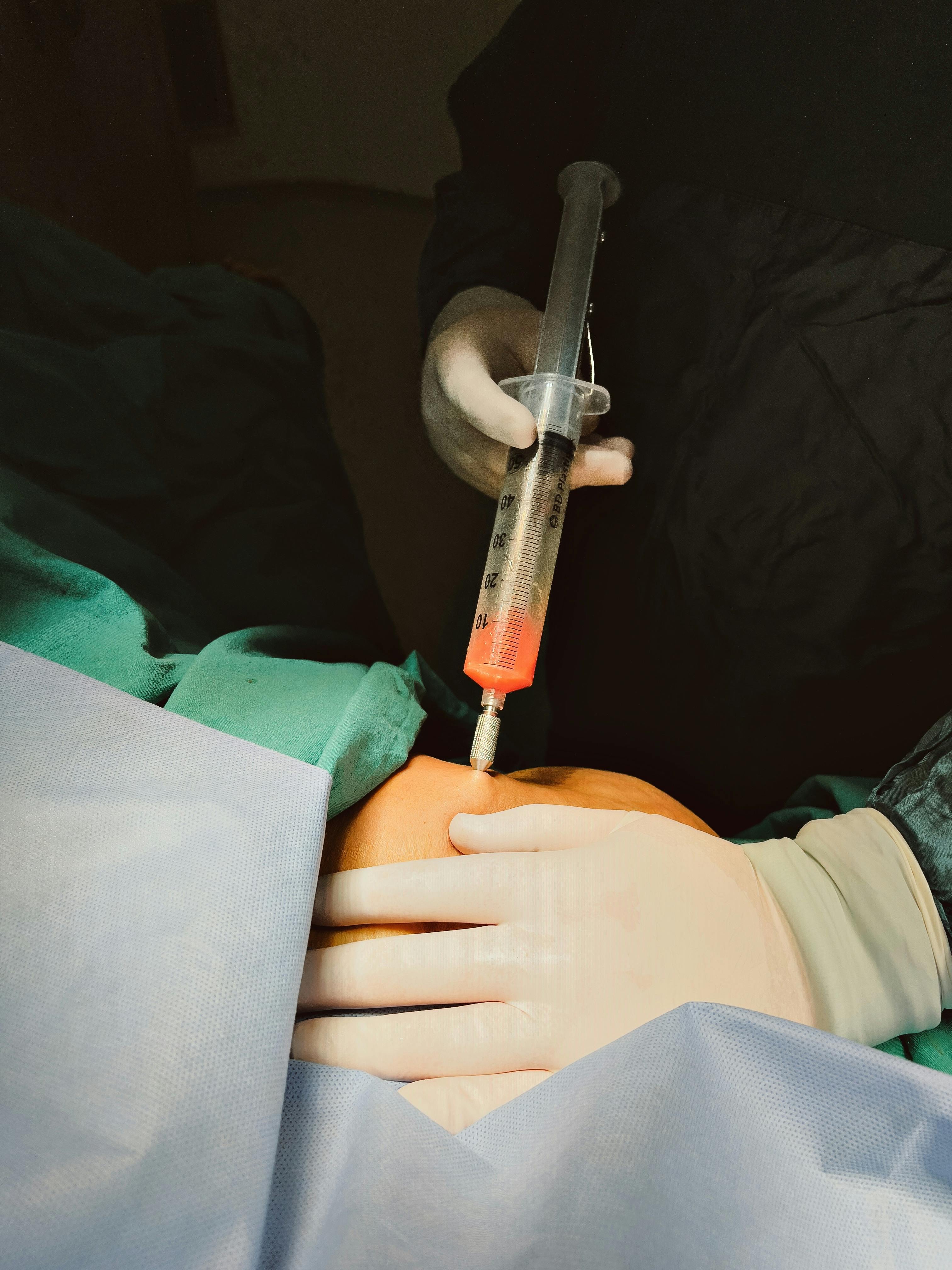Sinus Infection Treatment Options and Procedures
Sinus infections (sinusitis) range from brief, uncomfortable episodes to persistent problems that affect sleep, smell and daily activity. Treatment goals focus on relieving symptoms, clearing infection where present, and restoring normal drainage. Many cases respond to medical management — saline rinses, topical steroids, decongestants, or antibiotics when bacterial infection is likely — while others may require procedural interventions to reopen obstructed sinuses. Understanding the differences between medical therapy, balloon techniques, and surgical procedures helps patients and clinicians choose an appropriate plan based on symptom duration, imaging, and response to prior care.

This article is for informational purposes only and should not be considered medical advice. Please consult a qualified healthcare professional for personalized guidance and treatment.
What medical treatments are used for sinus infections?
Initial management typically emphasizes conservative, medical approaches. Saline irrigation helps clear mucus and reduce inflammation. Topical nasal corticosteroids reduce mucosal swelling and are commonly recommended for both acute and chronic cases. Short courses of oral decongestants or antihistamines may relieve symptoms in select patients, especially when allergies contribute. Antibiotics are reserved for suspected bacterial sinusitis or complications; most acute sinus infections are viral and resolve without antibiotics. Follow-up with a clinician is important if symptoms worsen, persist beyond expected timeframes, or if systemic signs like high fever or vision changes develop.
How are sinus infections evaluated and diagnosed?
Diagnosis begins with a clinical history and physical exam, focusing on symptom duration, pattern, and triggers. Clinicians may inspect the nasal cavity with anterior rhinoscopy or use nasal endoscopy to view the sinuses directly. Imaging such as a CT scan is typically reserved for recurrent or chronic cases, preoperative planning, or when complications are suspected. Cultures or allergy testing can guide targeted therapy in select situations. Accurate diagnosis helps avoid unnecessary antibiotics and identifies patients who may benefit from procedural options or referral to ENT specialists and local services for further evaluation.
What is balloon sinuplasty and how does it work?
Balloon sinuplasty is a minimally invasive procedure designed to dilate blocked sinus openings using a small, flexible balloon catheter. Under imaging guidance and often local or general anesthesia, the balloon is inserted into the sinus ostium and inflated to widen the passage and restore drainage without removing bone or large amounts of tissue. This approach can reduce tissue trauma and bleeding compared with some traditional surgical techniques. Balloon sinuplasty is most appropriate for select patients with obstructive anatomy and recurrent or chronic sinusitis who have not responded to medical therapy; candidacy is determined by an ENT specialist.
When is sinus surgery considered instead of medical care or balloon techniques?
Surgery is considered when chronic or recurrent sinusitis fails to respond to appropriate medical therapy or when structural problems (e.g., severe septal deviation, large polyps, or retained infected tissue) prevent adequate drainage. Functional endoscopic sinus surgery (FESS) is a common surgical option that removes obstructive tissue and enlarges natural drainage pathways using endoscopes. In more complex disease, combined approaches or staged procedures may be needed. Surgical decisions weigh disease extent, imaging findings, prior treatments, overall health, and goals of care; risks and potential benefits are discussed thoroughly between patient and surgeon.
What should a patient expect during the procedure and recovery?
Procedural experience varies by technique. Balloon sinuplasty often involves shorter operative time and quicker recovery, with less postoperative bleeding and discomfort reported in some patients. Traditional endoscopic surgery may require more postoperative care, including nasal saline irrigations, topical steroid sprays, and follow-up endoscopic debridement visits to promote healing. Most patients can resume light activity within days, but full recovery and symptom improvement can take weeks as inflammation resolves. Potential risks for any sinus procedure include bleeding, infection, scarring, and, rarely, injury to adjacent structures; informed consent and preoperative counseling address these issues and recommended postoperative instructions.
Conclusion
Managing sinus infections involves a stepwise approach: start with evidence-based medical care, reassess if symptoms persist, and consider procedural options when anatomy or disease chronicity limits conservative treatments. Balloon sinuplasty offers a less invasive alternative for selected cases, while traditional sinus surgery remains an important option for more extensive or structural disease. Decisions should be individualized in consultation with an ENT specialist and coordinated with local services or primary care providers to ensure appropriate follow-up and optimized outcomes.






